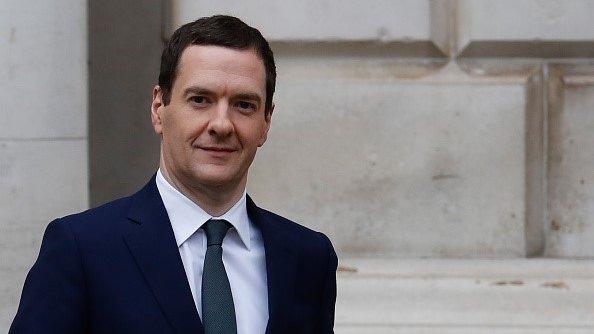Why is the pound falling so sharply?
- Published

This year may not be such a cheap one for UK tourists visiting Europe
The value of the pound has been sliding on international currency markets, declining nearly 4% since the start of 2016.
It has been losing ground against the euro for the past eight weeks, its longest downward streak since the single currency was introduced in 1999.
Last week, it hit its lowest level in euro terms for a year. Against the dollar, it has fared even worse, plumbing depths not seen since mid-2010.
Isn't this all rather sudden?
Indeed. As recently as November, the pound was as high as €1.43, but it's been downhill all the way since then. Now it's flirting with the €1.30 mark.
Over the same time period, against the US dollar, it's gone from being worth as much as $1.53 to about $1.43.
That makes it one of the worst performing major currencies, at a time when the UK economy has been considered to be stronger than many of its peers.
After all, it has grown in every quarter since the start of 2013, whereas some eurozone countries are still seeing contractions.
So what happened?
Well, the US Federal Reserve's decision to raise interest rates in December has highlighted the differences between the US and UK economies.
Last year, there had been an expectation that when the Fed rate rise eventually came, the Bank of England would quickly follow suit.
But now that expectation has faded. The predicted timing of the next UK interest rate rise has shifted - first to late 2016, then to early 2017.
The current record low interest rate of 0.5% makes holding sterling less attractive and encourages traders to sell the currency.
Is that all there is to it?
No, there are other factors at work as well, explaining the Bank of England's reluctance to raise interest rates.
Weak economic data is casting doubt on the future performance of the UK economy, with inflation persistently well below the Bank of England's 2% target and earnings growth slowing down from a six-year high.
Earlier this month, figures for November showed that UK industrial output had suffered its sharpest decline since 2013.
Looking further ahead, investors are worried about the outcome of a referendum on the UK's continued membership of the EU.
As Andy Scott of foreign exchange services firm HiFX put it: "Concerns over the UK economy and the risk of a Brexit look likely to continue to haunt sterling."
Traders are also generally more risk-averse in the light of the global turmoil caused by Chinese market problems and falling oil prices, which makes them reluctant to buck sterling's downward trend.
What are the consequences?
If the pound's weakness continues, tourists will find that trips to Europe and the US are more expensive, with sterling buying fewer euros and dollars than last year.
Imported goods will also become more expensive when priced in pounds, which would fuel domestic inflation.
UK exporters should, in theory, derive a boost from a weak pound, since their goods become cheaper in euro or dollar terms.
However, the UK doesn't produce as many tangible exports as it used to: the country's service sector has recovered to the levels seen before the financial crisis, but manufacturing has not.
How long is this likely to last?
Ask the Chancellor, George Osborne.
He recently warned that the UK was facing a "cocktail" of serious threats from a slowing global economy.
He added that this year was likely to be one of the toughest since the financial crisis, and that far from "mission accomplished" on the economy, "2016 is the year of mission critical".
In this context, the pound's latest woes seem a fair reflection of uncertainty ahead.
In the words of Esther Reichelt of Commerzbank, "the headwinds to the British economy have definitely increased."
- Published12 January 2016

- Published7 January 2016
